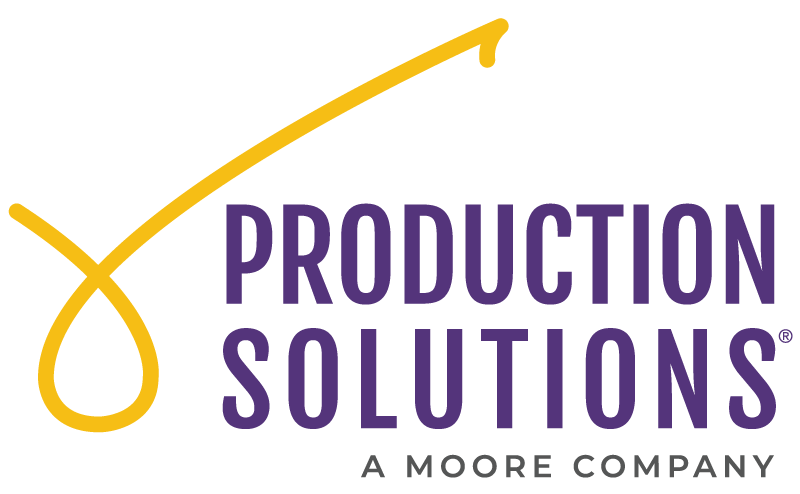Planned Giving in the Digital Era
 Production Solutions
Production Solutions
It seems counterintuitive to target older Americans using a platform typically reserved for millennials, but Phyllis Freedman of SmartGiving and Adam Swaim of The Human Rights Campaign (HRC) developed an integrated planned giving campaign that produced outstanding results.
The duo presented their findings at the 2015 Bridge Conference in a session titled “Achieving Planned Giving Success Online.” The beginning of their presentation revealed some interesting statistics about engaging the “Baby Boomer” generation.
A 2014 Dunham+Company/Campbell Rinker national study reports that the percentage of donors who give online that are over 65 years old and those under 65 years old is 60%. That’s right – the percentage is the same!
“Statistics like this aren’t as shocking to marketing professionals,” says Jim Jacobs, Vice President of PS Digital. “With user-friendly interfaces and microsites focused on one topic, donors are easily able to respond to your message online.”
So how did HRC do it?
Through an integrated – or multichannel – approach.
Facing the challenge of limited staff, HRC needed to determine a way to get their message out to the largest audience at the lowest cost and with the least amount of staff time used.
“Our first solution was to create a microsite and several Do-It-Yourself landing pages,” said Freedman. This self-service format enabled current and potential donors to find all the information they needed in one place, including answers to frequently asked questions, charitable and estate planning publications and simple how-to instructions. The online form for downloading publications also included a question about leaving a gift to HRC.
The landing pages enabled HRC to track, categorize and even generate and send automatic thank you messages based on user actions, all without the intervention of staff.
Before the launch of the campaign, HRC and SmartGiving spent time building up the existing infrastructure to support the goals:
- Educate leadership and staff about the opportunity
The best way to ensure success throughout the life of a campaign is to ensure your internal stakeholders are on board and understand the goals and strategies you’ve laid out. - Leverage internal assets
HRC did a great job in leveraging their existing assets including their quarterly magazine, website, email distribution lists, blog and social media channels. By integrating all their available communications channels to support a single message, HRC was able to execute a very successful campaign. - Develop a conversion-focused platform
The landing pages created in support of the campaign provided a platform for the HRC audience (current and potential donors) to quickly and easily access the information they were seeking. By using a conversion oriented landing page, HRC was able to make a targeted appeal and not risk distracting potential donors from a specific call to action. - Develop 3 key conversion paths based on users interest
The most important part of an integrated campaign is the actual integration. HRC used a bind-in in their quarterly newsletter, a magazine insert and an email blast to ensure their message was effectively spread and reinforced across communications channels. Each call to action drove current and potential donors to the landing page where the sole message was to download a complimentary planning information or to complete a questionnaire. - Create a robust online library for microsite visitors
Key in the success of the microsite was the visitor’s ability to find answers, documents and instructions in one place. From case studies, to testimonials, downloadable forms and comprehensive instructions, HRC kept visitors focused and engaged to steward them to their ultimate pledge. The microsite and landing page are evergreen, allowing HRC to leverage this new asset for future campaigns.
In conjunction with the campaign infrastructure, SmartGiving and the Human Rights Campaign sat down to segment their audience: The Target Audience and the Mass Audience. These segments were determined based in part on the research of Texas Tech Professor Russell James, using criteria such as age and education level.
The Target Audience consisted of individuals who met the segmentation criteria based, in part, on James’ research. In addition to the print assets of the campaign, these members received both a direct mail questionnaire, and the digital marketing driving them to the microsite.
The Mass Audience consisted of several hundred thousand of the more than 1.5 million supporters of HRC worldwide. These individuals received the email and online marketing efforts of the campaign.
So what were the results?
Each communications channel drove visitors back online to take action resulting in more than 1500 downloads of HRC’s planned giving material. These potential donors have taken the first step in the donor stewardship process to become Equality Circle members. Now HRC is able to target the next phase of communication with these individuals based on their specified interests.
In addition to the 1500 downloads, the campaign also produced 258 new Equality Circle members (individuals who have already included HRC in their will) and more than 557 new individuals who have shared their intent to include HRC in their will.
Online success with Baby Boomers is not unique to HRC. More and more, organizations are finding that integrated fundraising campaigns help to reinforce their message with a broad audience of current and potential donors, and attract more interest. This approach also enables organizations to do more with less staff, and see faster ROI.
Are your fundraising efforts ready for online? Let PS| PS Digital help you integrate! Contact us for a complimentary campaign analysis today!






